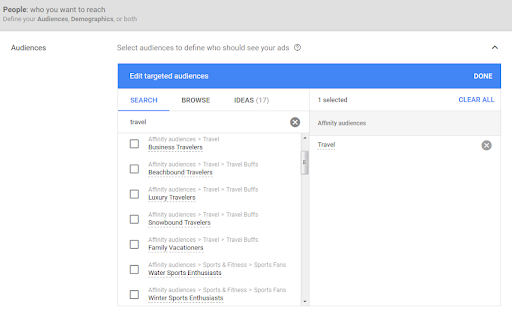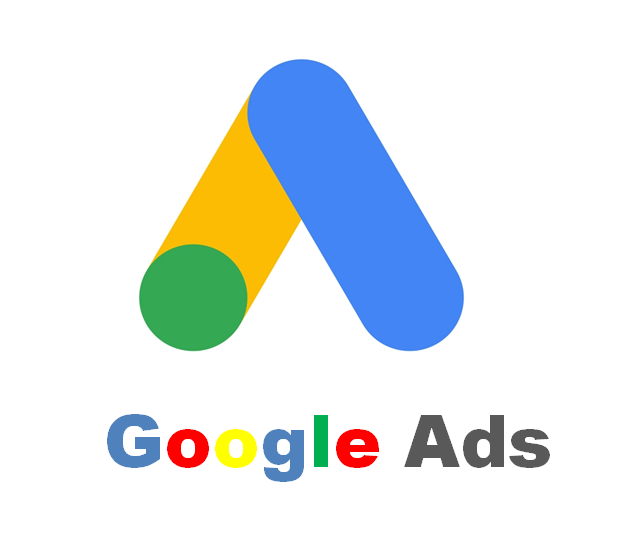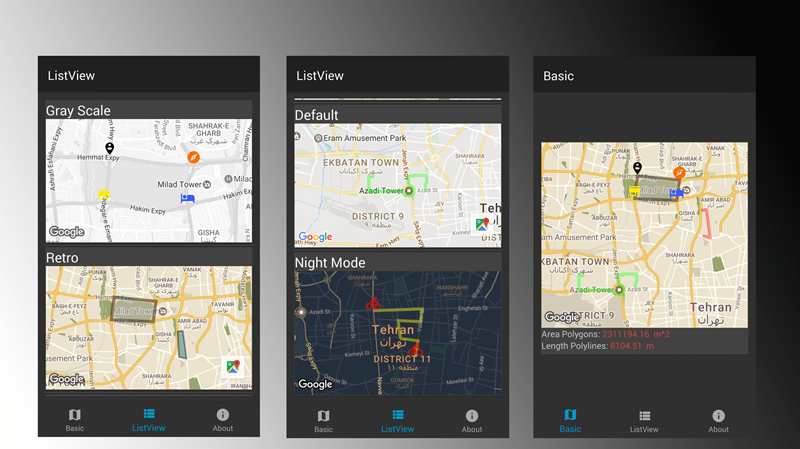Before you can be started with using Google paid ads for promoting affiliate offers, you must check whether or not the campaign offers context advertising.
Many companies do not allow affiliate marketing with Google Adwords either directly or indirectly. In that case, you can use any of the following strategies:
[tmh_article_ads]
- Click-under ads – The ad opens in a new window in the browser after the user has clicked on a web page.
- Pop-ups – A pop-up ad can appear any time a user is on the page. It can appear at random intervals and whenever a user clicks anywhere on a page.
- Native ads – These ads do not look promotional in nature. You’ll mostly see them as social media recommendations.
- Pop-under ads – These ads don’t appear too pushy as they silently open in another window so that the user can continue to interact on the main page.
- Social network ads – These are the ads that target a certain demographic on social media using filters like behavior, geo-location, etc.
- Display ads – It can be anything such as a video, image, or text ad created for desktop or mobile.
Other than these, SMM and email marketing are still very much active. You can also run ads on messengers such as Viber and Telegram. Every platform and every advertiser will follow a unique demand generation strategy and allow different types of traffic.
Working with Google Ads
Before getting started with affiliate marketing – you must check the type of advertisements that are allowed. After that, you can set campaigns.
Here’s how you can create paid Google ads in Adwords:
- First of all, you will have to create an account with Google Ads. You can use your Gmail account to sign in.
- Get started by creating a campaign name in the dashboard. You will have to select things like language, location, network, budget, audience type, bidding, etc. For example, if you want to increase traffic, you will get details such as viewable impressions and the number of visitors. You will also get access to the bid strategy to stick with later on.
- Next, you will have to set your budget. It is the amount you are ready to spend in a day. It can always be tweaked at a later stage. It’s always good to start out small so that you burn through your budget quickly.
Below is a screenshot of how the campaign might look at this stage –

Next, you will have to create an ad group where you can select your target audience. You can choose what type of people should see your ad based on keywords. Those filters can be based on parental status, household income, gender, age, etc.

You can further narrow things down by selecting different topics, placements, and keywords. You can post keywords into the “Google keyword idea” field to get more related phrases.
From here on, you are good to go. You can either create ads right away or save this part for later.
Your campaign is now officially ready. You can click the ‘overview’ option to see how many impressions and clicks you’re getting each day along with the money spent on each click.

You can pick from bids and budgets. You must choose the keywords on which you bid carefully. During the campaign keep changing the bids to zero for phrases that are bringing no leads and increase it for keywords that attract high clicks.
Also, be sure to specify the end and start date for your campaign. Keep tracking the results so you can optimize the campaign for more productive ads.
Best Practices To Create a Winning Campaign
Below are some of the best practice that should help you secure an edge over competitors while creating affiliate offers in Google Paid ads:
- Pay special attention to your content strategy. It’s the very foundation and the heart and soul of your advertising. Since you’re relying on people to click on an ad and spend money for it, you must give them solid, valuable, and reliable content which sounds promising. They should feel a strong reason to click on the ad and take action. Keep your audience in mind while drafting ads.
- Keep the website on which the user lands easy to navigate. Make sure the design is not overwhelming. It should be clear and should have clearly defined visuals, texts, and sections. The steps leading up to the ad page should be hassle-free and quick.
- Make a prediction of possible backlashes by users. Come up with a list of tentative responses to meet those objections and develop answers that should reflect in your future ads.
- Follow a customizable approach. The success of your paid ads depends on how well you have targeted the audience which is only possible if you follow a custom approach.
- Always stick with relevant keywords. For instance, if you’re promising high-end condos, then picking a phrase like ‘low-budget apartments in Cyprus’ might cause you to lose your budget. That’s because the visitors might click on the ad hoping for one thing but finding another.
Promoting Affiliate Marketing with Google Ads
For a successful affiliate marketing campaign, you must make sure that you earn more revenue than the money you spend.
Pay special attention to picking the right phrases, optimizing ads, and carefully selecting the right type of audience. Most importantly, keep experimenting.



Share your thoughts